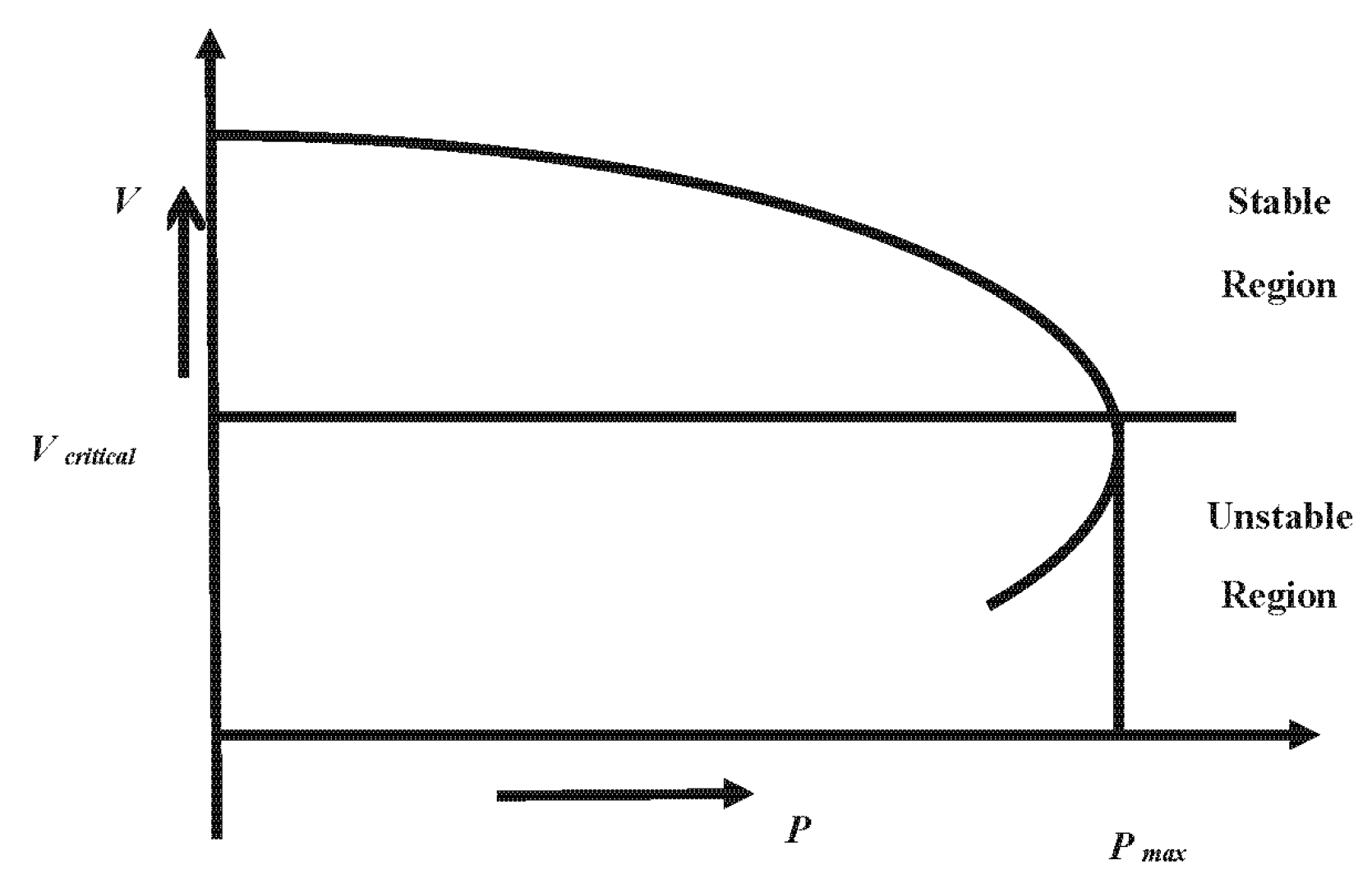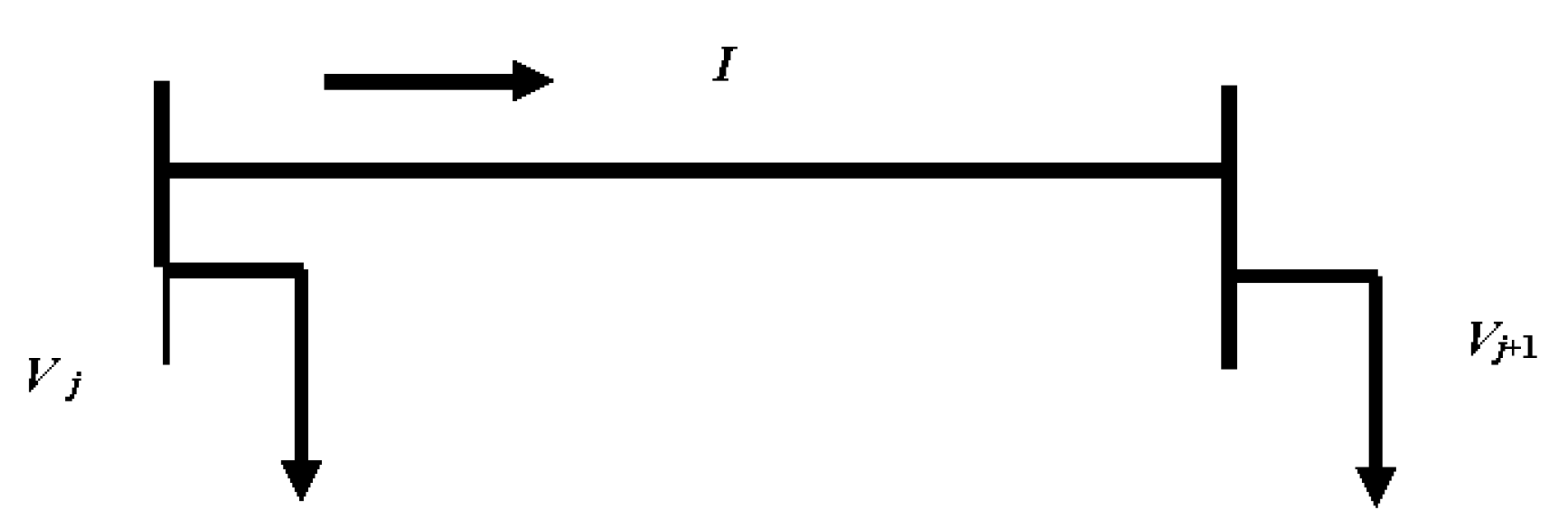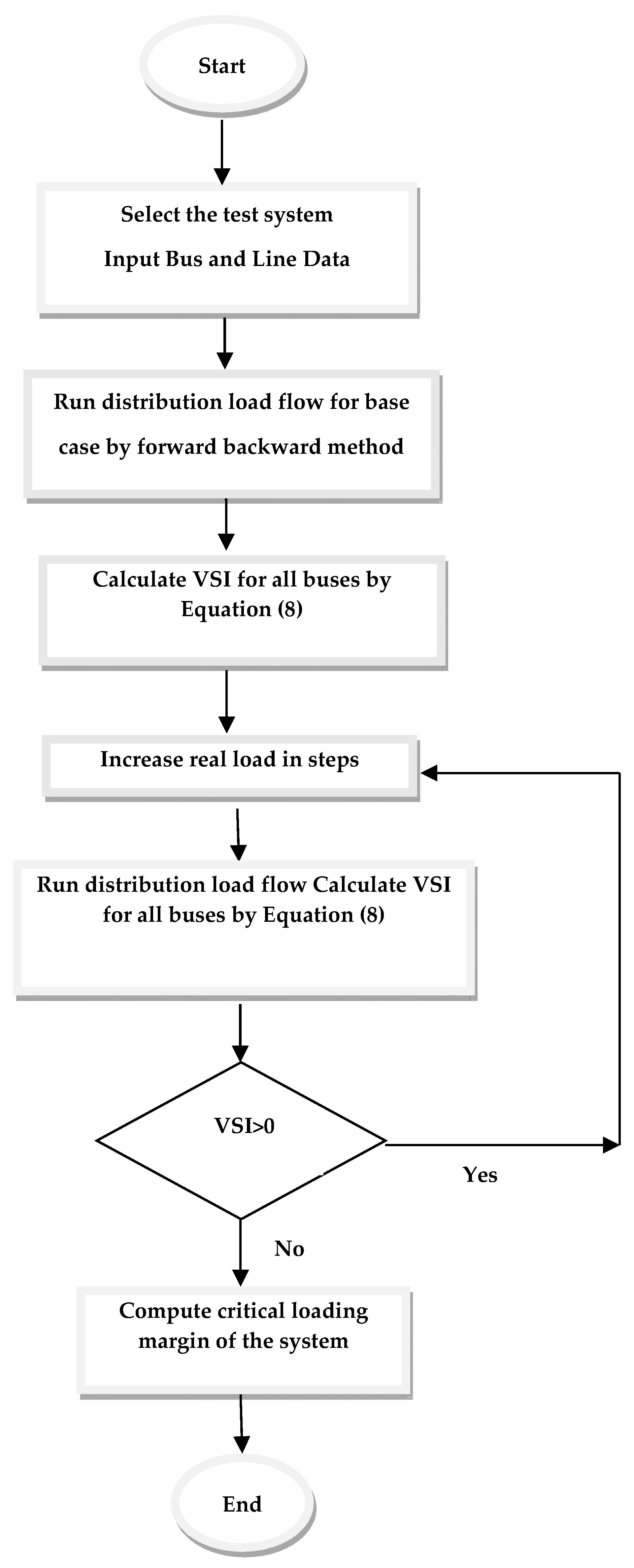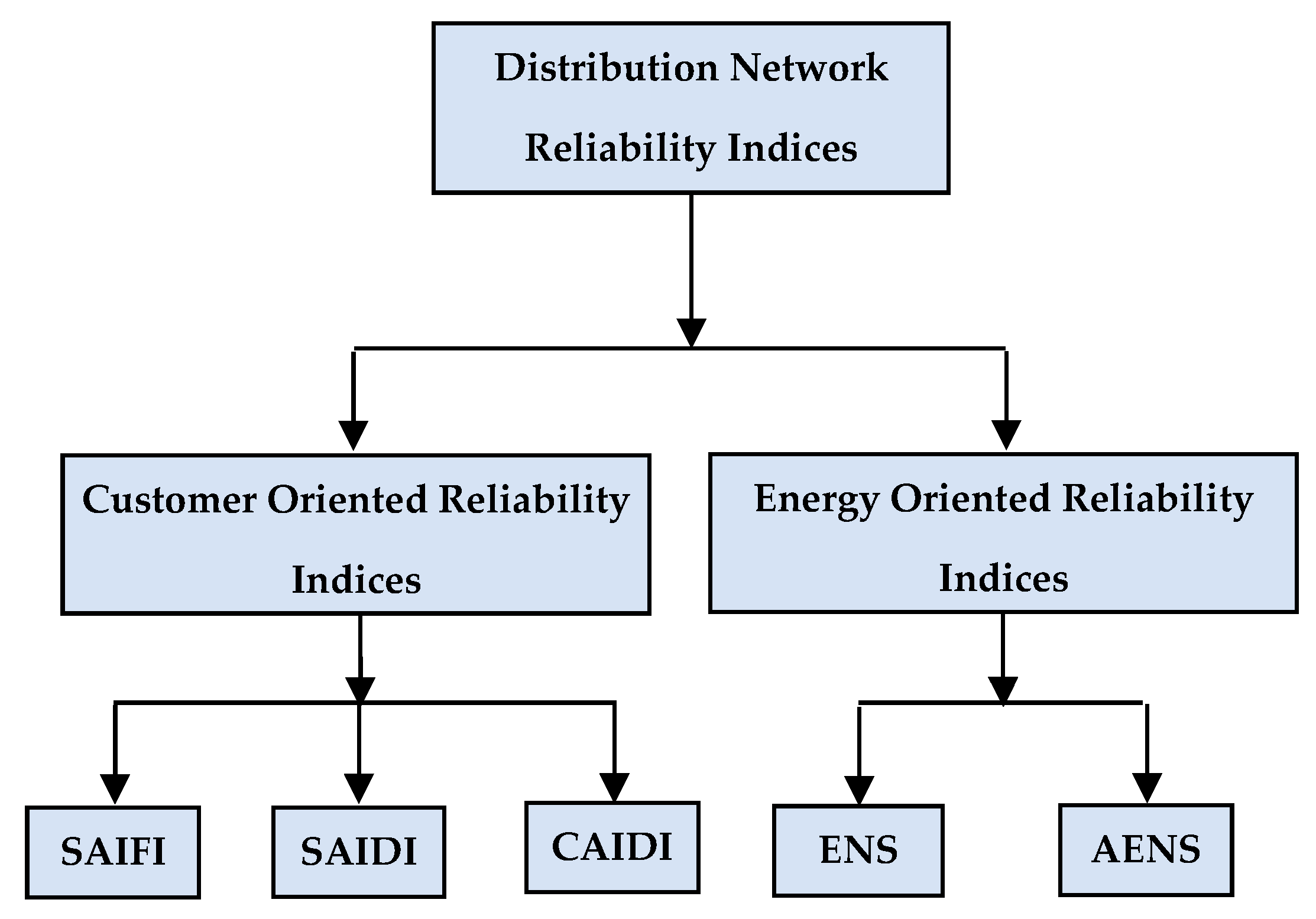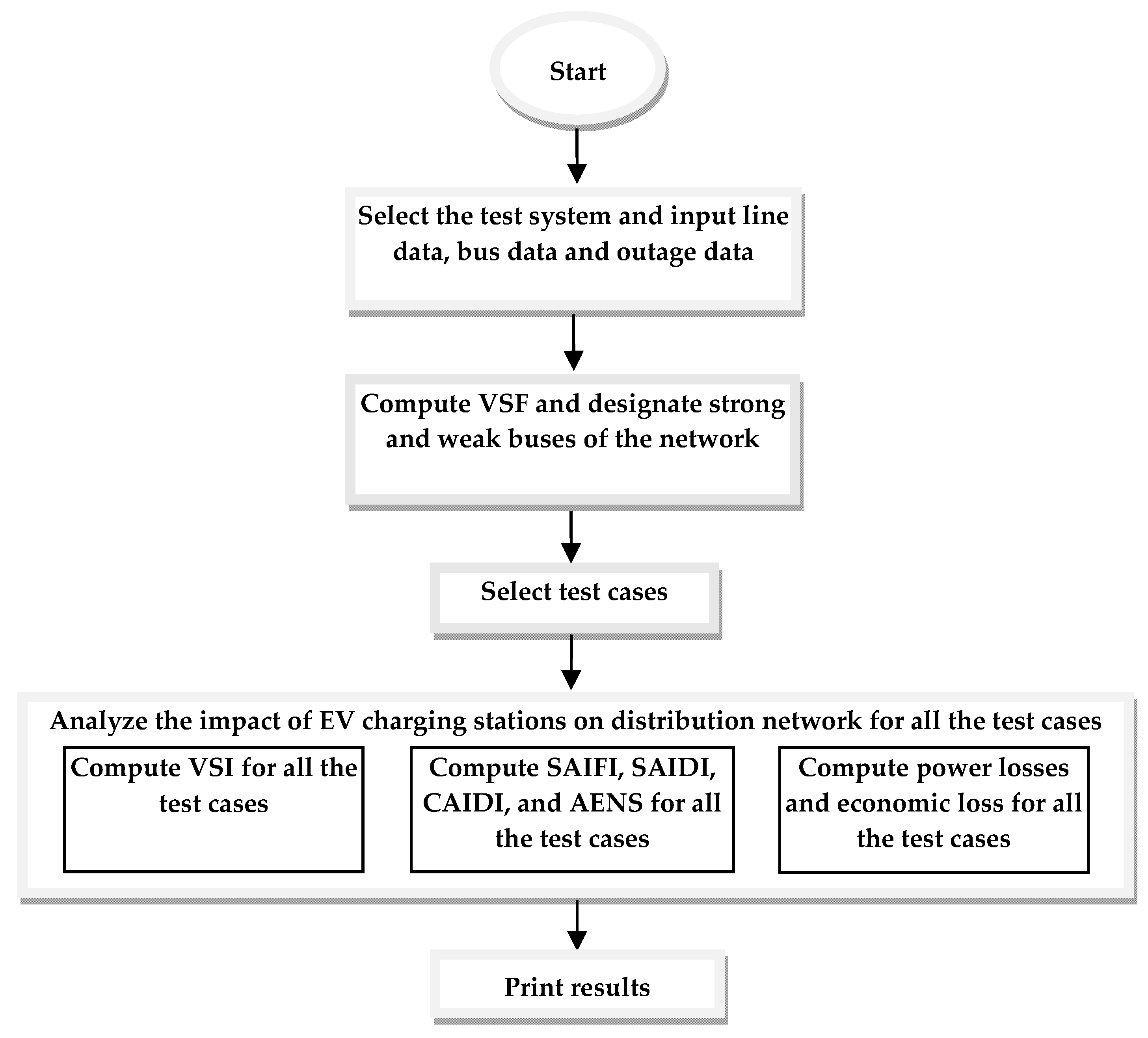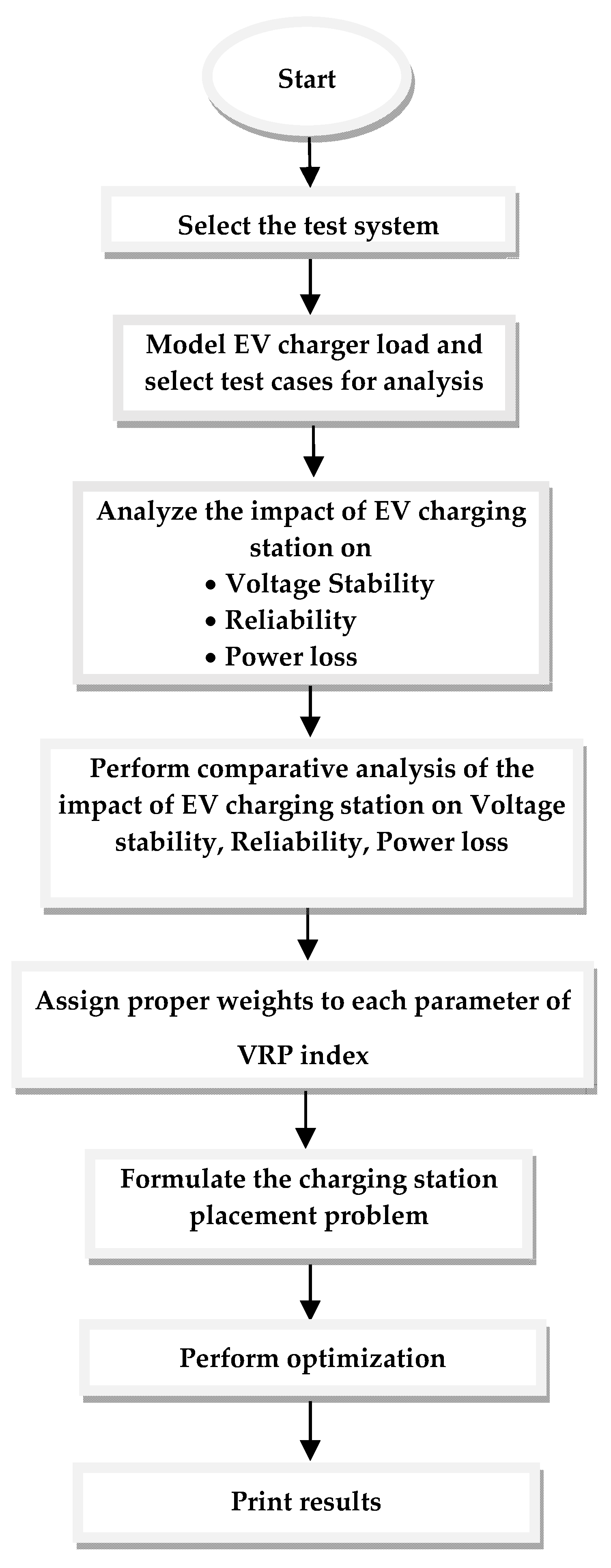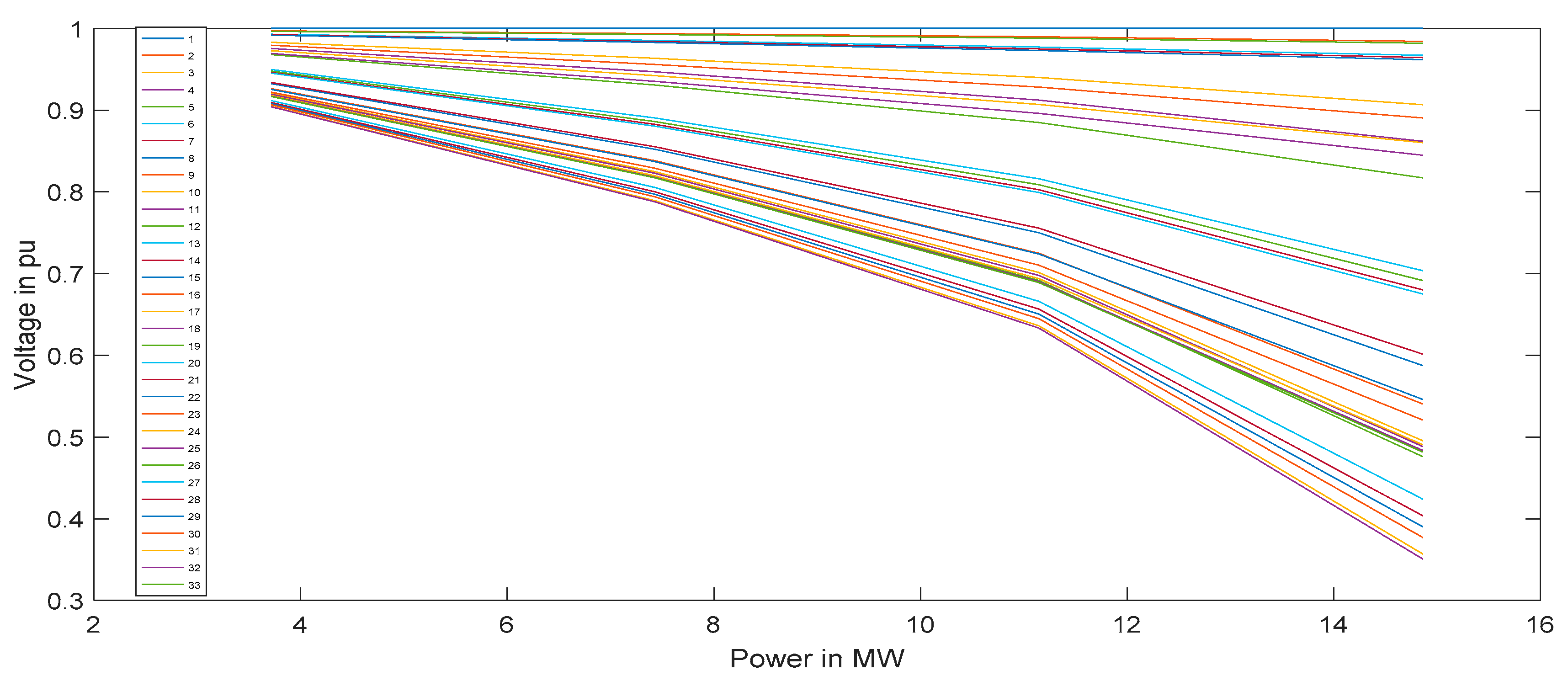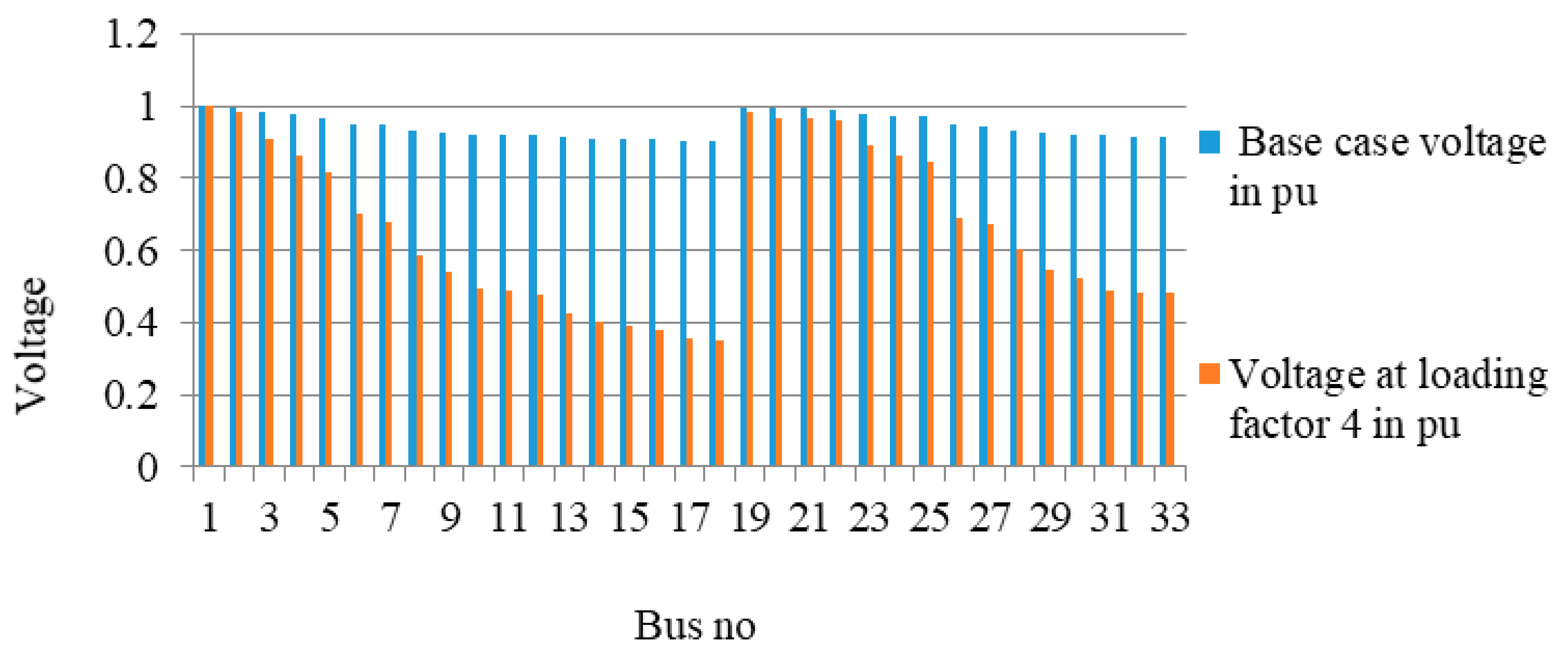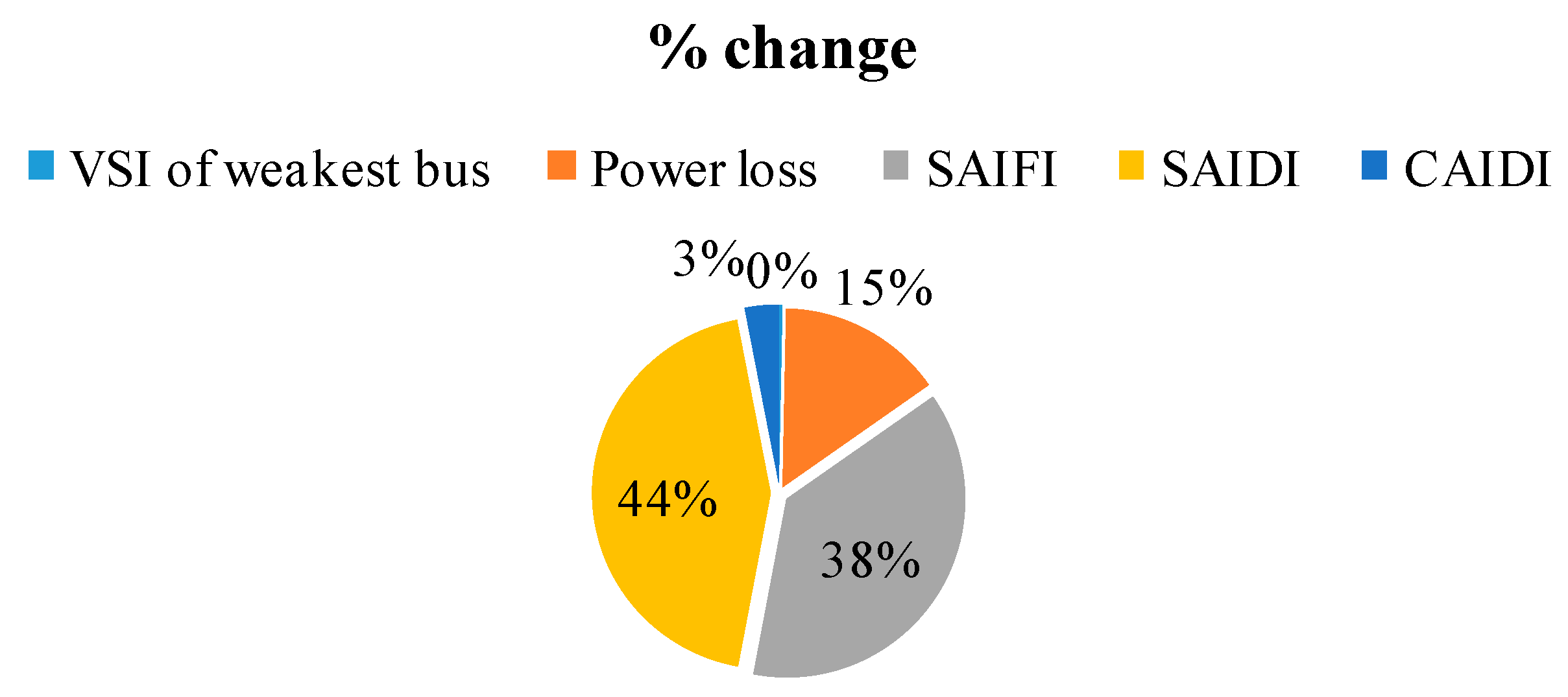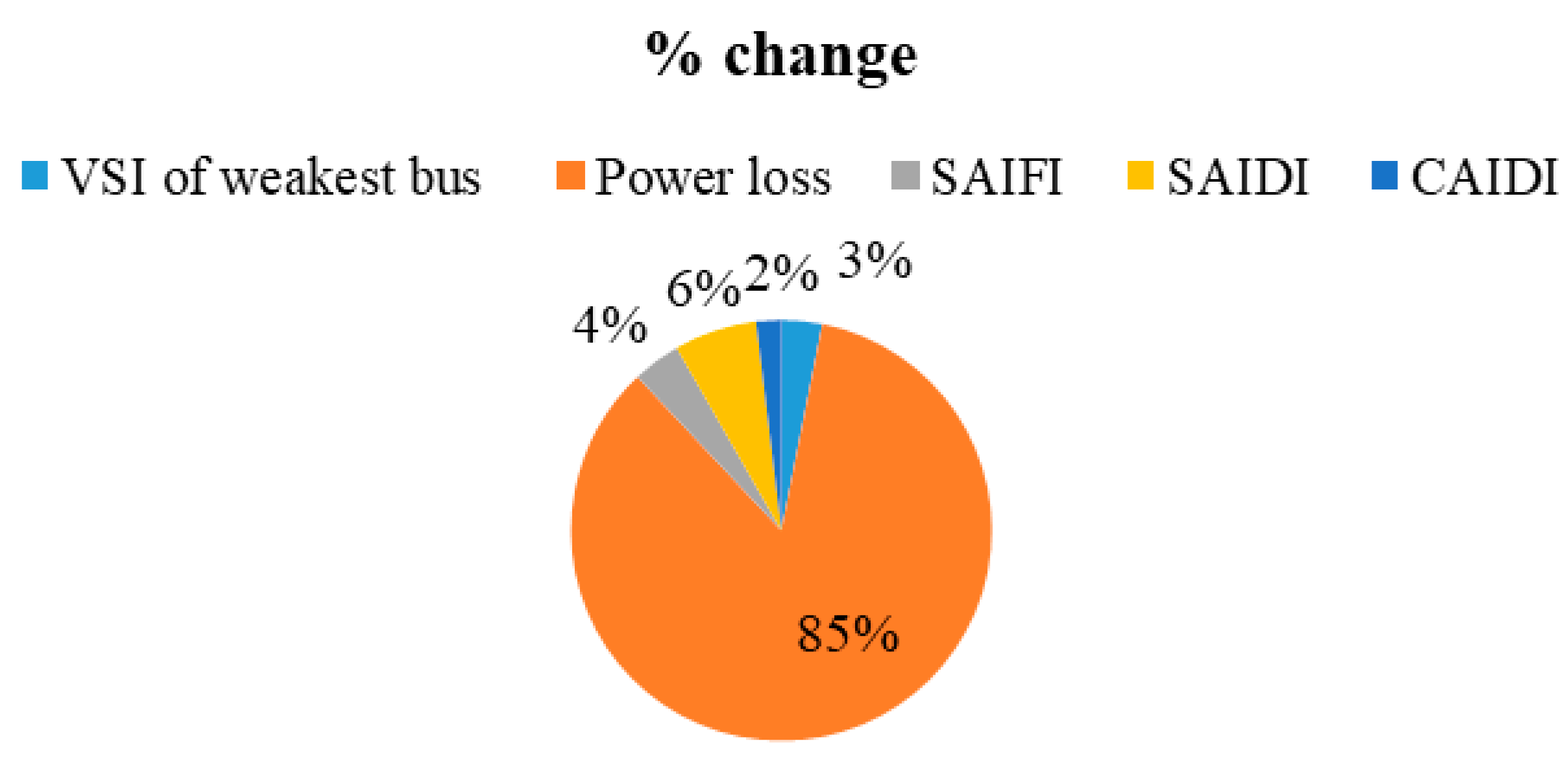1. Introduction
The perpetually escalating demands for energy and the finite nature of the fossil fuel supply, accompanied by global warming and climate change are the main concerns of environmentalists and researchers in the 21st century. The CO
2 emissions from the transportation sector are one of the main causes of global warming and climate change [
1,
2,
3]. Researchers have stressed the positive impact of replacing Internal Combustion Engine (ICE) driven vehicles with Electric Vehicles (EVs) to minimize the greenhouse gas contributions of the transport sector. The paradigm shift from conventional vehicles to EVs has many environmental and economic advantages. The increasing number of EVs is however accompanied by a rise in charging demand. Hence, the development of the charging infrastructure as well as efficient Inductive Power Transfer (IPT) [
4] has become necessary to meet the requirements of substantial operation of the EVs [
5]. For instance, in the United States (US), the National Program Charging Point America has taken an initiative of building nearly 5000 EV charging stations to offer charging services in nine regions of the U.S. [
6]. Even a developing country like Bhutan has taken an initiative to set up charging infrastructure for the promotion of the EVs [
7]. The establishment of charging stations imposes an additional burden on the power grid, as the high charging loads of fast EV charging stations will degrade the operating parameters of the distribution network. The degradation of voltage profile, increase in peak load, harmonic distortions are some of the consequences of the uncoordinated charging of EVs. Many references demonstrate the adverse impact of EV charging loads on different parameters of the distribution network like voltage profile [
8,
9,
10,
11,
12,
13,
14], harmonics [
15,
16,
17,
18] and peak load [
19,
20,
21,
22,
23,
24].
The potential impact of EV charging station loads on the voltage profile of distribution networks has been investigated by a number of researchers. In [
8] the authors analysed the impact of the EV charging station loads on a low voltage distribution network in Europe for different EV penetration scenarios. It was concluded in [
8] that the network was robust enough to support a low intake of EVs 1–2%. However, it was observed that the voltage profile of the node where multiple charging stations were placed degraded to some extent and the high loads of EV charging stations caused degradation of the voltage profile of the weak buses of the system. In [
9] the authors examined the impact of EV charging loads on a 13 node distribution network for different EV penetration scenarios. In [
10] the authors analysed the impact of EV charging loads on a standard distribution network with 14 buses. It was concluded that the transient voltage stability index degraded for high penetration of EVs. The impact of EV charging loads on the voltage stability of distribution network was also analysed in [
11,
12,
13,
14]. From the findings of [
11,
12,
13,
14], it is observed that most of the distribution networks could withstand the penetration of EVs up to a certain level. However, networks designed a decade ago are not equipped to withstand any large-scale integration of EVs.
Harmonics being a crucial outcome of EV integration have been analysed in depth by researchers in recent years. In [
15] the authors investigated the effect of EV charging loads on the harmonic voltages of distribution system by applying statistical analysis. The authors classified the chargers based on the total harmonic distortion (THD
I) produced and concluded that even with 45% EV penetration there was negligible harmonic distortion during summer. The effect of non-linear EV charging loads on power quality of the distribution system was analysed in [
16], where it was reported that the lifecycle of distribution network assets was reduced by the harmonic distortion produced by the EV loads. In [
17] the authors reported that the EV battery charging loads caused harmonic distortion of even 50% in the most extreme cases. In [
18] the authors simulated the harmonics caused by Plug-in Hybrid Electric Vehicle (PHEV) chargers by a probabilistic Monte Carlo approach considering the uncertainties. It was concluded that residential Level 1 chargers (1.8 kW) had a severe impact on the power quality.
In recent years researchers have concentrated on quantifying the variation of peak load demand after the placement of EV charging stations in the distribution network. In [
19] the authors examined the effect of the PHEV loads on the metropolitan distribution network of Australia, concluding that with uncoordinated charging and 100% PEV penetration 43% peak load shifting was required to enable smooth operation of the distribution network. In [
20] the authors analysed the effect of the uncontrolled EV charging on the daily load profile. The improvement in load profile by incorporating coordinated charging was also illustrated in [
20]. In [
21] the authors concluded that disorderly charging would increase the peak load demand and recommended tariff based charging. In [
22] the authors analysed the impact of EV charging on daily load demand in the parking lots and devised an optimal strategy for controlling the charging activities in the parking lots. In [
23] the authors analysed the impact of fast EV chargers on a retail building’s load demand and concluded that 38% of the PHEV load demand could be absorbed by demand management and photovoltaics. In [
24] the authors proposed a two stage demand response model to control the increase in peak load due to the charging of EVs.
The different detrimental impacts of EV charging station loads like voltage instability, harmonic distortion, and power losses on distribution network are analysed in [
8,
9,
10,
11,
12,
13,
14,
15,
16,
17,
18,
19,
20,
21,
22,
23,
24]. However, there is a dearth of literature focusing on the impact of the EV charging station load on all the aforementioned parameters considered together. The analysis is usually performed for one or two parameters separately. All the aforementioned limitations of the existing literature are addressed in this work and the major contributions of the work are summarized as follows:
Profound analysis of the impact of the EV charging station loads on the voltage stability of the distribution network.
Detailed analysis of the impact of the EV charging station loads on the customer and energy oriented reliability indices.
Comprehensive analysis of the economic losses incurred in terms of the penalty paid by the utility due to introduction of the EV charging station loads.
Comparative analysis of the EV charging load on different parameters of the distribution network such as the voltage stability, reliability and power losses.
Placement of the charging stations in the distribution network based on VRP index.
The rest of the paper is organized as follows:
Section 2 illustrates the computational methodology of voltage stability, reliability, power loss, and economic loss.
Section 3 demonstrates the mathematical formulation of VRP index and the problem formulation for the optimal placement of the charging stations based on VRP index.
Section 4 presents the results of the impact of the charging station load on the distribution network as well as the optimal locations of the charging stations in the IEEE 33 bus test network.
Section 5 presents a brief discussion on the findings of the work. Finally,
Section 6 concludes the work.
2. Methodology
The voltage stability, reliability, and power losses are the three important operational parameters of the distribution network. A brief overview of the methodology to compute voltage stability, reliability, power losses, and economic loss of the distribution network is elaborated in this section. Further, the overall computational methodology adopted for analysing the impact of EV charging station load on distribution network is also presented in this section.
2.1. Voltage Stability
The voltage stability problem has concerned power system engineers for many years. Voltage stability is the power system’s capability to maintain steady acceptable voltages at all the system buses under normal operating conditions and when an external disturbance is applied [
25,
26]. During voltage instability phenomena, the bus voltage of the network declines progressively and uncontrollably. The system may become unstable because of sudden disturbances, fault conditions, single or multiple contingencies, line overloading or load increases. A voltage stability criterion used in many stability studies is that voltage of all the system buses must be within acceptable limits. Voltage stability is indeed a local phenomenon but in some cases, it may lead to severe voltage collapse [
25]. In this work Voltage Sensitivity Factor (VSF), Voltage Stability Index (VSI) are used for voltage stability analysis.
2.1.1. Voltage Sensitivity Factor
Voltage stability studies generally obey a static approach as the factors affecting it are slow in nature. The voltage stability is analysed based on the determination of VSF from the PV curve [
25,
27,
28]. The PV curve is a graphical representation of active power and voltage [
25]. It signifies the trend of voltage change with increasing active power as shown in
Figure 1.
The first step for drawing the PV curve is the determination of the voltage of all the buses of the distribution network. For determination of voltage of a radial distribution network, the typical methods of load flow analysis like the Newton Raphson method have their limitations because of high R/X ratio. The R/X ratio is quite predominant in distribution system compared to transmission system due to low inductance of the line The Jacobian matrix may become singular because of high R/X ratio. Hence, the voltage of the buses is determined by the forward and backward sweep algorithm [
29]. From the PV curve shown in
Figure 1 it is clear that as the active power increases, the voltage decreases up to a point where the active power is highest (
Pmax,
Vcritical). That point corresponds to the critical operating condition known as the limit of stable operation. VSF is the ratio of change in voltage and change in loading. Mathematically, it is expressed as:
A high VSF value indicates that even for a small change in loading, there is a considerable voltage drop, thereby signifying weakness of the bus [
28]. In voltage stability analysis of distribution networks, the voltage of all the buses must be within an acceptable limit (6% of their nominal value). The VSFs of all the buses are determined for increasing loading factor. The loading for which the voltages of all the buses are within acceptable range is called the realistic loading margin of the system [
28]. The flowchart illustrating the methodology of computation of VSF is shown in
Figure 2.
2.1.2. Bus Voltage Stability Index
The voltage stability index developed by Eminoglu et al. [
30] is utilized in this work. The mathematical formulation of the index is illustrated by taking an example of a simple 2 bus system as shown in
Figure 3. The mathematical formulation of this index is elaborated by Equation (2) to Equation (8).
Figure 3 illustrates the single line diagram of a two bus system where
j and
j + 1 are the two buses of the system.
Vj <
δj and
Vj+1 <
δj+1 are the voltage at bus
j and bus
j + 1 respectively.
I is the current flowing through the branch having resistance
r and impedance
x:
Substituting value of
I in Equation (3), equating real parts and on further simplification Equation (4) is obtained:
From Equation (4) the transferrable active and reactive power can be written as in Equations (5) and (6), respectively:
where
, and
.
where:
, and:
.
Thus, the conditions of existence of transferrable active and reactive power are as in Equation (7):
Substituting the actual values of
N,
Q and adding them leads to the inequality defining the stability criterion of the system:
The value of Equation (8) is known as VSI. This is a criterion for determination of voltage stability. VSI will decrease with increase of active power. Increasing the active power beyond a certain limit will cause the system to become unstable. The flowchart illustrating the methodology of computation of VSI is shown in
Figure 4.
2.2. Reliability
The reliability analysis of the power system has emerged as an exigent arena of research. Reliability is the probability that a system will operate satisfactorily for a given period of time under a given set of operating conditions [
31]. In power system reliability analysis, the emphasis is laid on the reliability of generation, transmission, as well as distribution. The reliability of the distribution network is closely related to the satisfaction level of the customers. For evaluation of the reliability indices of the distribution network, statistical data of failure rate, repair rate, average outage duration, and number of consumers of the buses or load points of the distribution network are required [
31,
32]. The detailed categorization of the distribution network reliability indices is as shown in
Figure 5. As mentioned in
Figure 5 the reliability indices of distribution network are broadly categorized into customer oriented and energy oriented reliability indices. SAIFI, SAIDI, and CAIDI are the three major classifications of customer oriented reliability indices. The energy oriented reliability indices can be again sub divided into ENS and AENS.
A comprehensive overview and the formulae of different customer and energy-oriented reliability indices are presented in
Table 1. SAIFI and SAIDI are related to frequency and duration of interruption respectively. CAIDI gives a measure of customer dissatisfaction because of interruption. AENS can be regarded as the average load curtailment index because of interruption of service. The typical causes of the interruption are as follows:
Outages resulting in interruption
Equipment failure disrupting the operation of the power system
Sudden increase in load demand resulting in load shedding
Scheduled maintenance requiring an interruption
Extreme weather damaging the infrastructure
For further elaboration the flowchart for computation of the reliability indices is presented in
Figure 6.
2.3. Power Losses
Power losses of a distribution network refer to typical
I2R losses of the line [
29]. For the two bus system represented in
Figure 3 the mathematical expression for computing the line losses is as given in Equation (9):
and the total power losses of the system are given as in Equation (10):
From Equation (9) and Equation (10) it is clear that increase in load demand of even a single bus will contribute to net increase in power losses of the distribution network.
2.4. Economic Losses
Voltage deviation beyond a certain limit and AENS are critical for the system and impose penalty on the utility thereby causing economic loss. For the IEEE 33 bus system the voltage beyond which penalty is imposed is 0.9 per unit. The penalty imposed is given as in Equation (11):
All the reliability indices explained in
Section 2.2 can be utilized to decide a criterion for penalty imposed on utility. In this work penalty imposed for unreliability is expressed in terms of AENS. Numerically it is 0.18
$/kWh energy not served.
2.5. Computational Methodology for Analyzing the Impact of EV Charging Station Load on Distribution Network
It is anticipated that the coming years will witness a rapid and significant EV charging load integration to the power distribution network. In this context, the impact of EV charging station load on economic loss and different operating parameters of the distribution network must be analysed for different scenarios of placement of EV charging stations.
The methodology adopted in the work for analysing the impact of EV charging station load on the distribution network is illustrated in
Figure 7.
3. VRP Index
In power system studies there is a dearth of indices giving information about the three main operating parameters like voltage stability, reliability, and power losses together. Hence, a new index named Voltage Stability, Reliability and Power loss (VRP) index is formulated in this work. This index gives information about three prime operating parameters of the distribution network after the network is subjected to any sort of disturbance. This index can be applied for:
Optimal placement of charging stations.
Distribution network planning in presence of distributed generation.
Microgrid planning.
Reconfiguration of distribution networks.
The mathematical formulation of the VRP index is exemplified in this subsection by Equation (12) to Equation (16):
Charging Station Placement Based on VRP Index
As a motivating example for the usage of the VRP index, we present briefly a novel methodology for the placement of the charging stations in the distribution network based on this index. The main objective of charging station placement problem is optimal allocation of EV charging stations in the distribution network in such a way that the operating parameters of the distribution network are least affected. Thus, VRP index is selected as the objective function for charging station placement problem because of its capability of taking into account voltage stability, reliability and power losses under a single umbrella.
The decision variables, objective functions, and constraints for the optimal placement of charging stations in the distribution network based on VRP index are presented in this sub-section.
The decision variables are:
Buses of the distribution network in which charging stations will be placed, d
Number of fast charging stations placed at the buses, f
Number of slow charging stations placed at the buses, s
The optimization is aimed at minimization of VRP index. Mathematically:
Subject to the following constraints:
In addition to the aforementioned constraints, the power flow balance equation must be taken as an equality constraint. A flowchart illustrating the optimal placement of charging stations based on the VRP index is shown in
Figure 8, where as shown, the EV charger load is first modelled and the test cases are simulated. Then, the impact of the EV charging station load on voltage stability, reliability, and power loss is evaluated for all the test cases A comparative analysis of the impact of the EV charging station load on the aforementioned parameters is made so that appropriate weights can be assigned to all the terms of the VRP index. The weights assignment of the individual terms of the VRP index is based on the change in the operating parameters after the introduction of the EV charging station load. The most severely affected parameter is assigned the highest weight. After formulation of the VRP index the charging station placement problem is formulated. Lastly, optimization is performed and charging stations are allocated optimally in the distribution network.
5. Discussion
EVs reduce the local emissions and have a positive impact on the environment. However, the detrimental impact of the EV charging station loads on the electricity distribution network cannot be neglected. The focus of this work was to present a detailed analysis of the impact of the EV charging station load on the different technical as well as economic parameters of the IEEE 33 bus system. The impact of the EV charging stations on the voltage stability, reliability, power loss, and economic loss were analysed profoundly in this work and the key findings of the work are summarized as follows:
- (1)
The IEEE 33 bus test system was robust enough to withstand the placement of four charging stations at bus 2 representing the strongest bus of the system. It is observed that when five charging stations were placed at bus 2 the SAIDI increased by 44%. Thus, for increasing the number of charging stations beyond four up gradation of the network was required.
- (2)
The placement of the fast charging station at the weak bus of the network was detrimental to the security of the system. On placement of even a single charging station at the weakest bus the voltage of the weakest bus dropped to 0.7351 per unit. The reliability indices also deteriorated significantly on placement of fast charging stations at the weak buses. Moreover, it is observed that on placement of a single charging station at bus 14 and 15 representing the weak buses of the network the power losses increased by 85%. However, slow charging stations of 19.2 kW could be placed even at the weak buses.
- (3)
Distributing the charging stations between a number of buses was advantageous than concentrating the charging stations at a single bus in terms of voltage deviation, reliability as well as power loss. Also, in some cases, if the strong nodes of the distribution network and nodes of the road network with high traffic concentration merge then the routes leading to that node will be too congested. Therefore, another advantage of distributing the charging station is making the charging facility accessible to a larger number of EVs plying in different routes. This in turn will reduce the traffic congestion of the specific routes leading to the bus in which charging stations are concentrated.
- (4)
A considerable economic loss was incurred by the utility for placement of charging stations at the weak buses. It is observed that on placement of even a single fast charging station at the weakest bus 1,397,700.5 $ of economic loss is incurred. However, despite the fact that improper placement of charging station results in economic losses the EVs must be welcomed as the net benefit earned by implementing V2G scheme cannot be neglected. In V2G scheme the charging stations can earn revenue by selling the electricity back to the grid when the charging demand is low.
- (5)
The reliability indices were more affected than power loss and voltage stability for case 2, case 3 and case 4 where the charging station was placed at strong buses. However, for case 7 where charging stations are placed at bus 14 and 15 power loss was most severely affected.
All the aforementioned findings must be taken into account while dealing with the problem of optimal placement of charging stations. From the results obtained it is obvious that voltage stability, power loss as well as reliability indices degraded with the addition of EV charging station loads. Thus, for optimal placement of charging stations in the distribution network all the three parameters must be considered. A novel index named VRP index taking into account the voltage stability, reliability and power loss was also formulated. The novelty of VRP index lies in the fact that has the capability of considering voltage stability, power loss, and reliability together under a common frame. Further, a strategy for the placement of the charging stations in the distribution network based on VRP index was presented in this work. The results of the optimal placement of the charging stations based on VRP index established the efficacy of the index. Future possible research directions in this area are:
- (1)
Mitigation of the negative impacts of EV charging station placement by reconfiguration of the network.
- (2)
Analysis of the positive impact of the Vehicle to Grid (V2G) scheme.
- (3)
Real time planning of EV charging stations based on VRP index.
